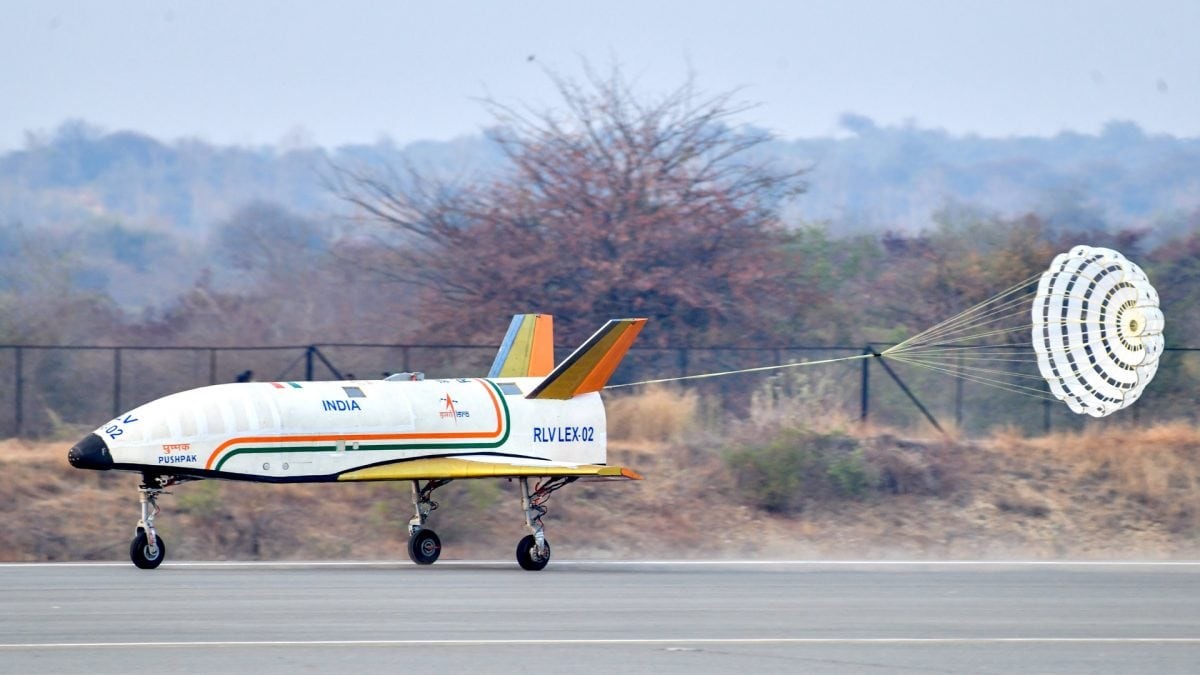Free Courses Sale ends Soon, Get It Now


Free Courses Sale ends Soon, Get It Now



Disclaimer: Copyright infringement not intended.
Context
ISRO successfully conducts ‘Pushpak’ Reusable Landing Vehicle landing experiment.
Details
Background on RLV-TD
Ground Tests and Sounding Rocket Demonstrations:
Development of RLV-TD Prototype:
Scramjet Engine Testing:
About Pushpak
Development and Objectives:
Test Flight Series:
Development Efforts:
Engine Development:
Cost and Future Plans:
Key Experiments under RLV-TD
Hypersonic Flight Experiment (HEX):
Landing Experiment (LEX):
RLV-LEX-01:
RLV-LEX-02:
Future Experiments:
Pushpak in mythology
Mythical Origins:
A Glimpse into Technological Marvels:
|
PRACTICE QUESTION Q. The Pushpak Viman is a testament to the ingenuity of ancient Indian civilization. Comment. (150 Words) |
© 2024 iasgyan. All right reserved